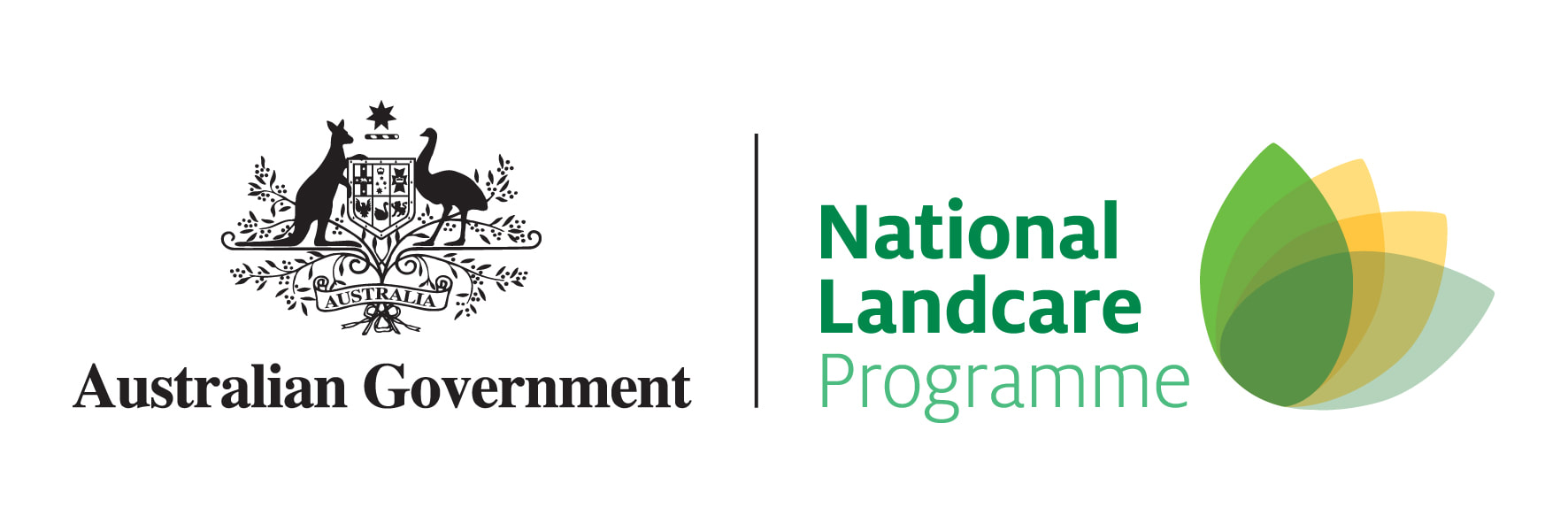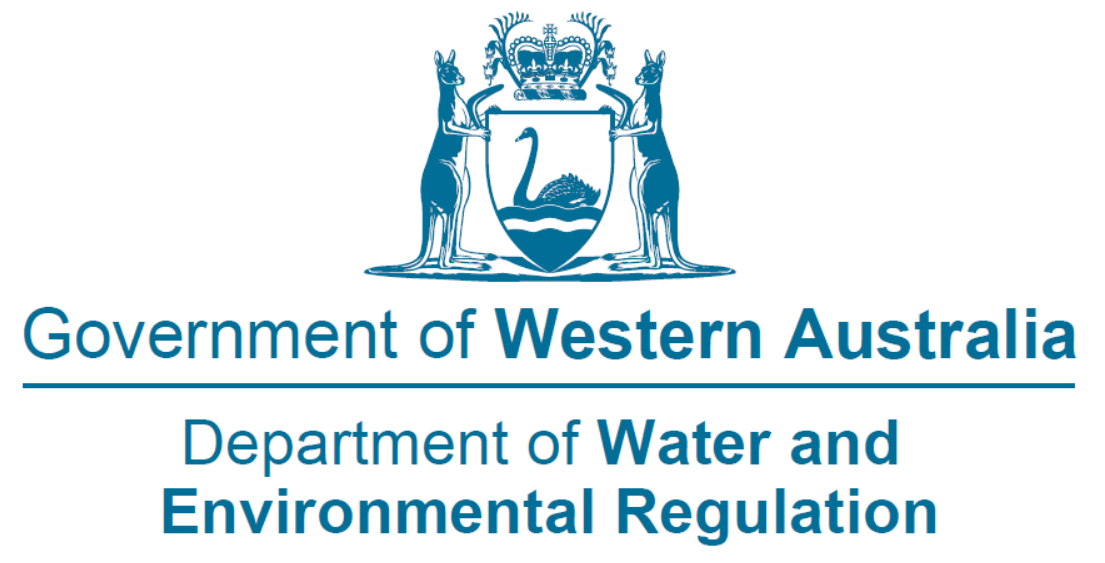Rodents are a huge problem because they cause millions of dollars worth of damages to Australian homes and the agriculture cropping industry each year. Landholders are not always aware when rodent numbers are building up, so actions to prevent damages can be delayed. Once the numbers are high managing the problem can be extremely difficult and not always successful. The key to successful rodent management is regular monitoring and prompt action.
Resources
Caughley, J. and Caughley, J., 1998. Managing vertebrate pests: rodents. Canberra: Bureau of Resource Sciences.
The Most Effective Rodent Control Method kiltertermiteandpestcontrol.com/most-effective-rodent-control-methods/
https://goodnature.com.au/products/a24-rat-mouse-trap-chirp?gclid=EAIaIQobChMI4b7ky5LE6wIVF6qWCh1iewBqEAQYASABEgJPq_D_BwE
These are the setting up instructions.
https://www.youtube.com/watch?v=W0yGJrvQWDo&list=PLT5cmwAsRB_7WA2W01rxlTv5WpVXayHQ_&index=10&__s=fk1lcdzzi53nf7iv9d6k&utm_source=drip&utm_medium=email&utm_campaign=1%2F3+Tips+for+trapping+on+farm
The Most Effective Rodent Control Method kiltertermiteandpestcontrol.com/most-effective-rodent-control-methods/
https://goodnature.com.au/products/a24-rat-mouse-trap-chirp?gclid=EAIaIQobChMI4b7ky5LE6wIVF6qWCh1iewBqEAQYASABEgJPq_D_BwE
These are the setting up instructions.
https://www.youtube.com/watch?v=W0yGJrvQWDo&list=PLT5cmwAsRB_7WA2W01rxlTv5WpVXayHQ_&index=10&__s=fk1lcdzzi53nf7iv9d6k&utm_source=drip&utm_medium=email&utm_campaign=1%2F3+Tips+for+trapping+on+farm
We acknowledge the Minang and Koreng people as the traditional custodians of the land on which we work and live. We pay our respects to the Elders, past, present, and emerging and to the wider Noongar community.
Sponsors and Supporters











